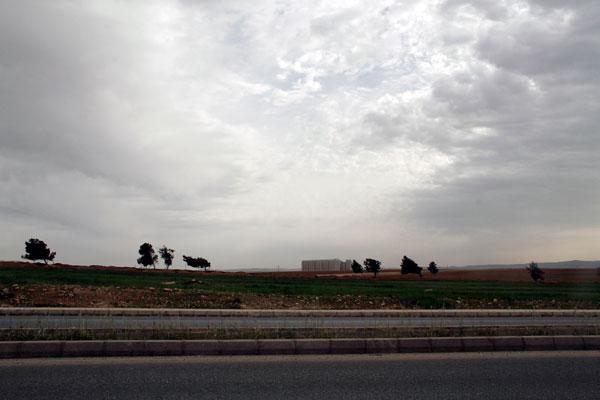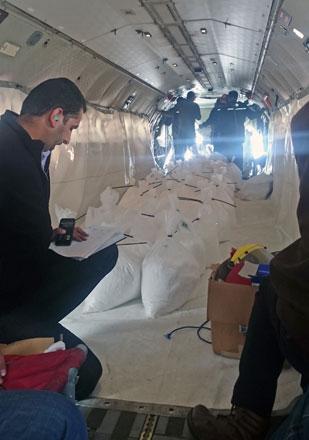You are here
Results of rainmaking attempt 'encouraging' — JMD
By JT - Mar 29,2016 - Last updated at Mar 29,2016
AMMAN — The results of Sunday's rainmaking experiment are encouraging, and plans are in place for more experiments in the future, Jordan Meteorological Department (JMD) Director Mohammad Samawi said Tuesday.
Samawi said it will take more time to determine the success of the experiments as more data must be collected, adding that evaluating in real-time is the hardest phase of rainmaking, the Jordan News Agency, Petra, reported.
He added that the evaluation of the results will take more than five years to compare the average of rainfall in previous seasons and conduct scientific analyses.
The JMD, which conducted the experiment in cooperation with the Royal Jordanian Air Force, will continue to follow up on the results and publish them on its website and through media outlets, Samawi said.
Sunday's experiment went in parallel with a weather depression that affected the Kingdom, which brought rainfall, he added.
This week's rainmaking experiment took place at that time because Thai experts were in the Kingdom, so the department had them coordinate with meteorological experts in order to select the perfect standards for rainmaking that fit Jordan's climate, Samawi said.
The experiment was conducted after Jordan and Thailand signed a memorandum of understanding on March 23 to benefit from the East Asian country's experience in rainmaking technology.
After conducting technical studies and consulting with the Thai experts and local partners, an agreement was reached to conduct the experiment at the King Talal Dam's catchment area.
In remarks to The Jordan Times earlier this week, Samawi noted that certain weather conditions are sought after when carrying out artificial rain experiments.
Such weather conditions include certain levels of humidity and water vapour, among other factors.
To induce precipitation, the JMD is using two groups of seeding agents depending on whether a cloud is cold or warm, including calcium chloride and compressed carbon dioxide as freezing agents, and a compound of urea and ammonium nitrate for the absorption of moisture.
Related Articles
AMMAN — An airplane of the Royal Jordanian Air Force will disperse on Sunday cloud seeding agents over the King Talal Dam's catchment area a
AMMAN — Jordan will resume during this month its artificial rainmaking attempts to increase precipitation for the 2016-2017 wet season, a go
AMMAN — Benefits from the rainmaking planned for the coming years are expected to significantly surpass the costs of the operation, achievin


















